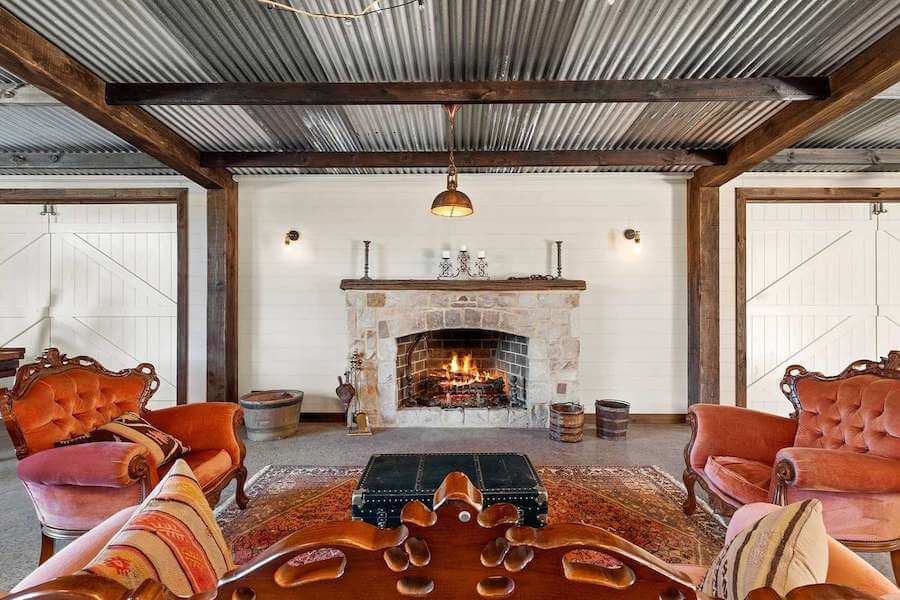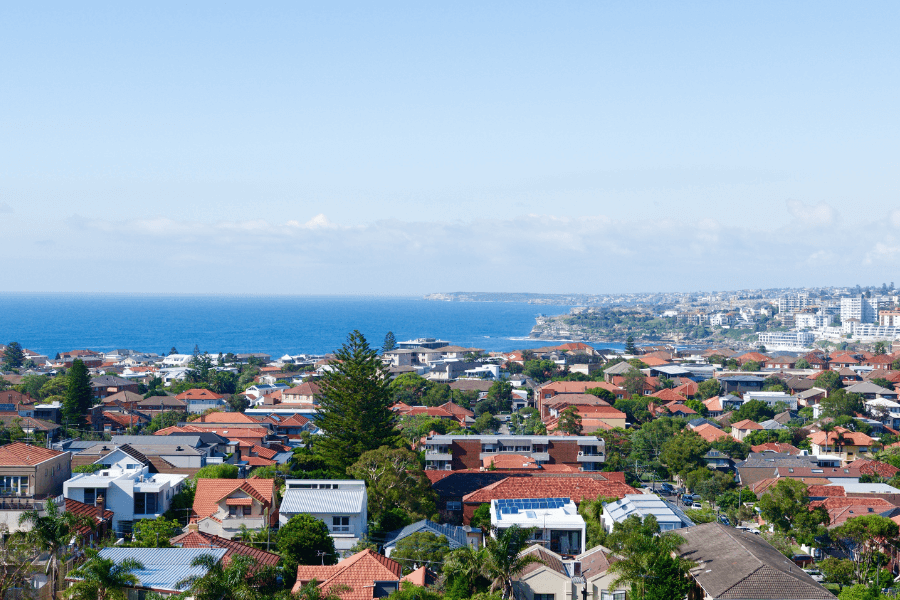You may be familiar with shutters and other window coverings, but do you know about roller shutters specifically? This blog is here to help you get familiar with roller shutters and the many perks they offer. Firstly, for something to be a roller shutter, it must be an external window or door covering made from interlocking slats that roll into a slim head box. One of the key advantages is that when closed, high-quality shutters can reduce heat transfer by up to 90%, lower noise by as much as 35 dB, and provide an added layer of security. What makes them even more appealing is that they often cost less than other comparable security or climate-control solutions. Keep reading to discover whether roller shutters are the right fit for your place and budget!
Topics in this article:
What are roller shutters?
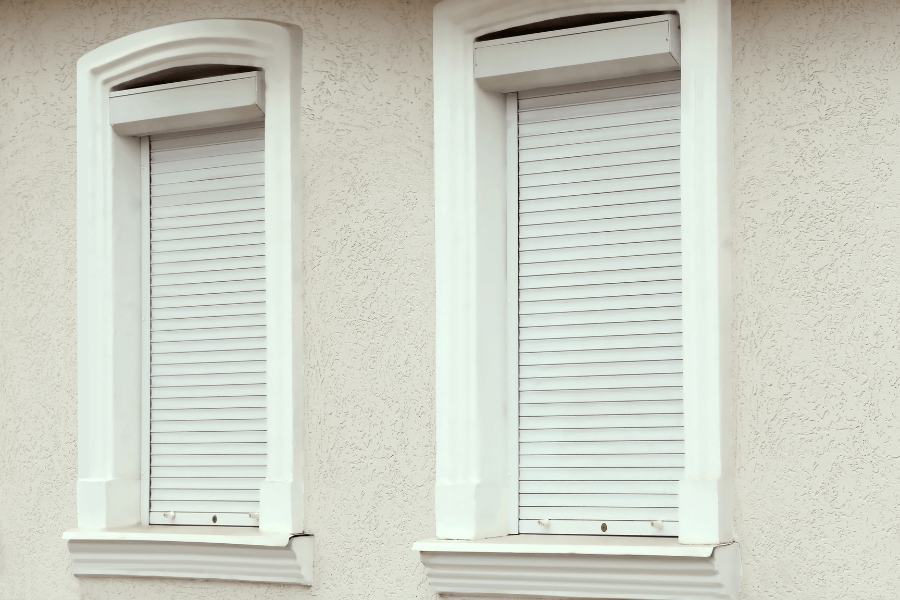
How roller shutters work
Each shutter is a curtain of aluminium, steel or PVC slats linked by hinges. The curtain slides inside slim side tracks and winds onto an axle hidden in a head box above the opening. When you lower the shutter it forms a rigid barrier over the glass, sealing out weather, light and prying eyes.
Manual vs electric roller shutters
Manual models use a strap winder or crank handle—simple, affordable and ideal for ground-floor windows. Electric versions raise and lower via wall switch, remote or even a smartphone app. Motors add convenience (especially for upper levels) and allow group control, but they do cost more and require wiring by a licensed electrician.
What are window roller shutters made of?
Most Australian shutters use powder-coated aluminium filled with polyurethane foam for insulation. Premium security lines may upgrade to thicker, extruded aluminium or zinc-coated steel. Budget products sometimes swap metal for PVC, trading strength for price. Ask for Australian-made slats where possible—they’re designed for our UV levels and bushfire standards.
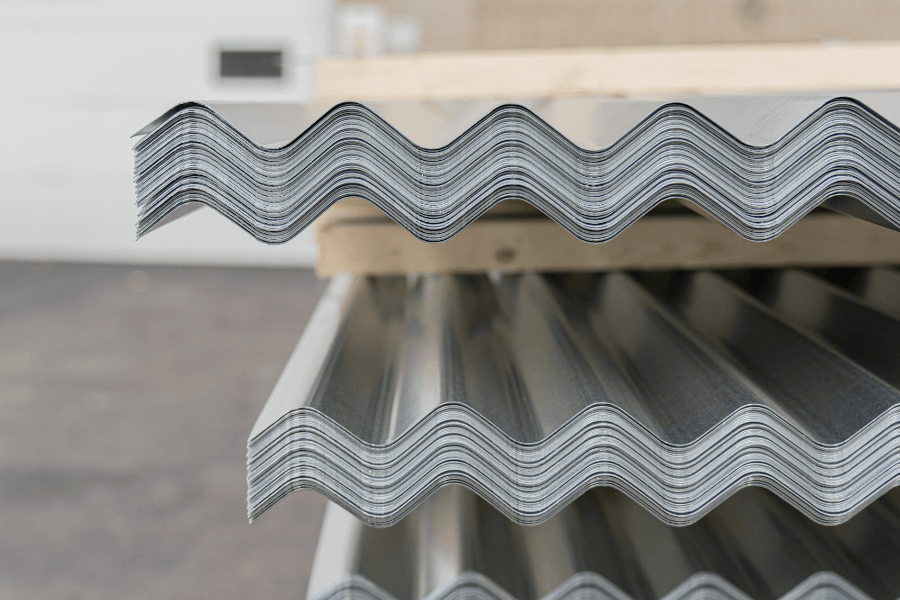
How much do roller shutters cost?
Expect to pay anywhere from $300 – $1,000 per window for a manually operated shutter, rising to $500 – $1,900 for electric units and up to $3,300 for heavy-duty commercial or bushfire-rated systems.
The final bill depends on:
- Size of the opening and whether scaffolding is required
- Material thickness, insulation grade and custom colours
- Motor brand, remote integration and smart-home extras
- Installer call-out fees and regional labour rates
Tip: obtain at least three quotes and clarify whether prices include electrical work and GST.
How long does it take to install roller shutters?
Manufacturing usually takes 3 – 5 business days, with on-site installation averaging about one hour per window. Larger, motorised or second-storey jobs can stretch to a full day.
Can you self-install roller shutters?
DIY kits exist, but fitting must be dead-square or the curtain will jam. You’ll also void motor warranties if you wire the unit yourself. For most homes, professional installation is worth the extra cost.
How are roller shutters installed?
- Measure opening and order custom-cut slats.
- Fix head box above the lintel, ensuring room for the roll.
- Attach side guides with anti-rattle pads.
- Feed curtain into tracks and test balance.
- Seal edges with silicone to improve noise and weather ratings.
Roller shutter dimensions
Standard residential profiles span widths up to 3.5 m and heights of 3 m. Oversized openings need wider slats or joined curtains and stronger motors.
Why should you install roller shutter blinds?
Noise control
Do roller shutters reduce noise?
Yes. Insulated aluminium shutters can lower external noise by up to 35 dB, the difference between peak traffic and a quiet library.
Roller shutters vs double glazing for noise reduction
High-quality double-glazed windows cut 30-40 % of sound. Shutters add a physical barrier outside the glass, blocking up to 80 % when fully closed—handy for shift workers or homes near busy roads.
What are the best roller shutters for noise?
Look for foam-filled slats and a silicone-sealed installation. Adding a motor allows you to close shutters quickly whenever noise strikes.
Home security
Are roller shutters good for security?
Absolutely. Once locked, shutters turn glass into a steel-reinforced wall. Burglars tend to move on when they see them—it’s extra time and noise they can’t afford.
Roller shutters vs security screens
Screens slow intruders and keep insects out while allowing airflow. Shutters deliver a visual deterrent and total barrier. Many households choose shutters on street-facing rooms and screens elsewhere for ventilation.
High security roller shutters
Opt for extruded aluminium or steel slats with internal locking rods, reinforced tracks and a hard-wired switch located inside the house.
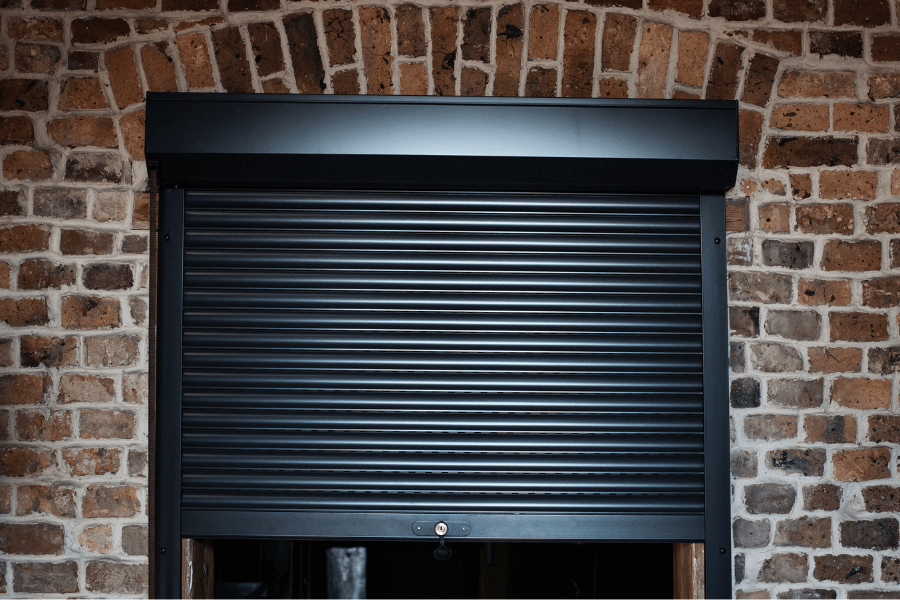
Window insulation and climate control
Do roller shutters insulate?
With the curtain down, shutters can block up to 90 % of summer heat gain and retain 30-40 % more warmth in winter, trimming energy bills by as much as 45%.
Light filtering
The slats contain micro-perforations that you can set to filtered daylight for daytime privacy or seal completely for blackout sleep—handy in children’s rooms or home cinemas.
Fire resistance
Are roller shutters a fire hazard?
Not when they’re designed correctly. Aluminium shutters rated to BAL-40 resist extreme radiant heat and flying embers, helping windows survive bushfire attack levels common in regional Australia. What are the best fire-rated window roller shutters?
Choose BAL-rated shutters with stainless-steel internals, intumescent seals and metal head boxes—no plastic parts that could melt.
Protection against harsh weather conditions
Closed shutters shrug off hail, storms, wind-blown debris and heavy rain, protecting glass from breakage and stopping water ingress.
Ease of use
Motorised shutters integrate with smart speakers, timers and solar sensors—ideal if you travel frequently or manage an Airbnb.
How to clean roller shutters?
Lower the curtain so it’s fully closed, hose off loose dirt, and wipe with a soft cloth dipped in mild detergent. Rinse and leave slightly ajar to dry. Avoid high-pressure sprayers—they can bend slats and drive water into motors.
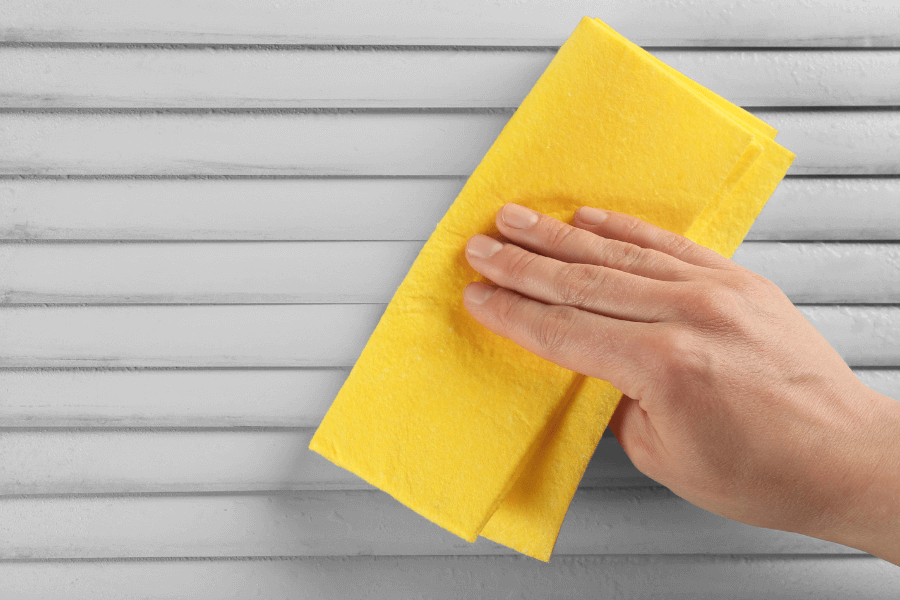
Roller shutter maintenance and repairs
- Monthly: Vacuum guide tracks; check strap tension.
- Annually: Lubricate bearings; test remotes; back-up battery.
- Common fixes: Replace worn straps, re-programme remotes, tighten loose slats, silence rattles with felt pads.
Keep a simple roller shutter maintenance checklist on your phone so small issues don’t snowball.
Can you paint roller shutters?
Yes—if the surface is prepped properly. Lightly sand, wipe with alcohol, then apply an etch primer followed by two coats of exterior acrylic or auto-grade spray paint. Spray booths give the smoothest finish, but a careful DIYer with drop sheets and patience can revive faded shutters in a weekend.
Are roller shutters safe?
Today’s motors have auto-reverse and obstruction sensors to prevent pinched fingers. Add manual overrides so you can raise shutters during a power outage. Parents should teach kids never to climb or hang on lowered shutters.
Key takeaways
- Roller shutters offer a trifecta of security, climate control and noise reduction—often in a single retrofit.
- Manual shutters start around $300; electric and bushfire-rated models cost more but add comfort and safety.
- Professional installation takes roughly one hour per window and maximises performance.
- Look for aluminium, foam-filled slats for the best balance of insulation and strength.
- Regular cleaning and annual servicing will keep shutters running smoothly for decades.
Thinking of upgrading? Save favourite listings with Homely Collections, set up Homely Alerts so you never miss a price-drop, and see what locals say in our street and suburb reviews.


